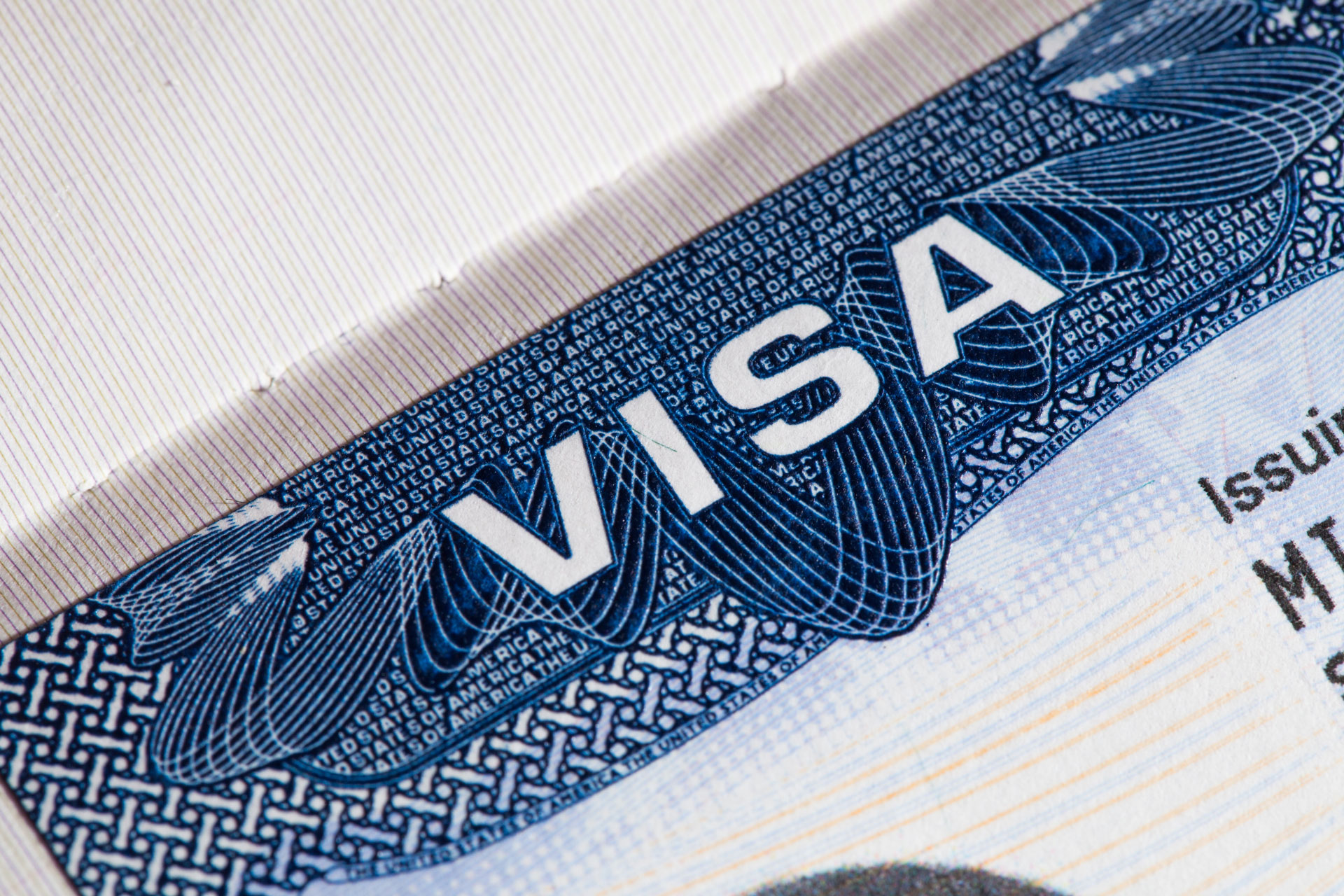As summer and baseball season are now in full swing, so is the H-1B filing season. The U.S. Citizenship and Immigration Services (USCIS) completed its initial round of selections on April 1, prompting immigration practitioners and employers to get filings across the home plate by June 30. However, many potential employees are stuck in the dugout, so to speak, unable to get in the game, as they were not selected in the H-1B lottery.
The H-1B visa category provides temporary work authorization to individuals employed in a role involving a specialty occupation. Most commonly known for its restrictive numerical limitations, the H-1B visa category caps the number of new visas issued each year at 65,000, with an additional 20,000 available to graduates of U.S. master’s degree programs. While 85,000 H-1B visa holders would exceed more than twice the occupancy of the Atlanta Braves’ Truist Park, it has become increasingly difficult to obtain an H-1B visa under the current lottery system due to a high volume of submissions, the increased likelihood of fraud, and the number of submissions designed to beat the system.
While the H-1B remains a first choice among U.S. employers for the temporary employment of foreign nationals, many wonder whether it continues to be a game worth playing. Such thoughts have prompted employers to turn to other non-immigrant visa lineups, such as the H-1B1, E-3, TN, and O-1:
H-1B1, Specialty Occupation Workers from Chile or Singapore
The H-1B1 visa is a subcategory of the H-1B category, providing work authorization options to specialty occupation workers from Chile and Singapore. Current laws limit the annual number of qualifying foreign workers eligible to obtain an H-1B1 visa to 6,800, allocating 1,400 for nationals of Chile and 5,400 for those of Singapore.
The greatest advantage of this subclassification is the ability to forego the H-1B visa lottery. Further, the H-1B1 visa does not have a six-year limit. The period of employment is one year, with subsequent extensions available in one-year increments.
E-3, Specialty Occupation Workers From Australia
Applying only to nationals of Australia, the E-3 nonimmigrant visa classification provides another option for specialty occupation workers. Similar to the H-1B1, participation in the annual H-1B lottery is not a prerequisite to admission in E-3 status.
TN, Temporary Workers From Mexico and Canada
Yet another alternative to the H-1B visa is the TN visa, designated for select professionals who are citizens of Canada and Mexico. The U.S. Mexico-Canada Agreement, formerly the North American Free Trade Agreement (NAFTA), provides special economic and trade relationships for the U.S., Canada and Mexico. This classification permits qualified Canadian and Mexican citizens to work temporarily in the U.S. at a professional level. Professions on the list include accountants, engineers, lawyers, pharmacists, scientists and teachers.
Employers focused on expediency surely are interested in this nonimmigrant visa category. Not only does the TN visa forego the H-1B lottery, but it also can circumvent the Labor Condition Application requirement, which is a Department of Labor process requiring approximately seven days.
O-1, Individuals of Extraordinary Ability
The O-1 nonimmigrant visa is for the individual who possesses extraordinary ability in the sciences, arts, education, business, or athletics, or who has a demonstrated record of extraordinary achievement in the motion picture or television industry and received recognition nationally or internationally for such achievements. Those eligible for O-1A classification are individuals with an extraordinary ability in the sciences, education, business, or athletics (not including the arts, motion pictures or television industry).
The O-1B visa category is intended for individuals with an extraordinary ability in the arts or extraordinary achievement in motion picture or television industry.
Of particular importance, one of the top benefits of an O-1 visa in comparison to an H-1B is the lack of annual limits on the number of O-1 visas issued. Moreover, as numerical caps and a lottery process do not restrict the O-1 visa, the application period is not limited to a specific filing window. Further, unlike some nonimmigrant visa categories, O-1 filings are not restricted by an annual filing period, and the overall cost of the O-1 process can be significantly less.
The O-1 visa category also boasts employer flexibility as the beneficiary does not have to be directly employed by the entity for which they will work, but could work for a U.S. agent. The O-1 also provides significant relief with respect to the potential length of the visa, as this nonimmigrant visa classification offers unlimited one-year extensions of the initial three-year period.
As many potential H-1B employees have not received the call-up, these other nonimmigrant visa categories present viable alternatives.
Tieranny L. Cutler, independent contract attorney, co-authored this article.











/Passle/6488d4630e7e25c9ac9f834a/SearchServiceImages/2024-11-14-13-11-27-495-6735f6fff42d6cc59c8ec5c1.jpg)
/Passle/6488d4630e7e25c9ac9f834a/SearchServiceImages/2024-11-11-22-02-38-042-67327efe31216b909e6ea644.jpg)
